What is Media Archaeology, beta definition ver. 0.9
What is Media Archaeology? gives no direct answer to the question that it poses. Instead, it gives a map – a cartography of how to see the field of media archaeology defined by various theories and directions, that help us to go to places – and think things. However, I remember trying to think through definitions of media archaeology – a useful task to bring clarity. I originally doodled something like this for my working blog for that WiMA book, but let’s return to that now. This thinking aloud was partly triggered by my soon to be new colleague Sunil Manghani’s question…so how does media archaeology differ from media history.
Here is one attempt to give a definition – sort of coordinates, although this does not exhaust the richness of MA and its various traditions.
Media archaeology can be understood as a heterogeneous set of theories and methods that investigate media history through its alternative roots, forgotten paths, neglected ideas and machines. It explicitly challenges the supposed newness of digital culture. Media archaeology gives new ideas to understand media cultural temporality. The definitions have ranged from emphasising the recurring nature of media cultural discourses (Huhtamo) to media archaeology as an-archaeology, or variantology (Zielinski) which in its excavation of the deep time layers of our means of seeing and hearing tries to find an alternative route to dismantle the fallacy of linear development.
Furthermore, I see media archaeology as a joint history & theory venture in which temporal excavation of media functions as a theoretical force as well; it can be characterised as a reading of old media and new media in parallel lines. Media archaeology is decisively non-linear, and rigorously theoretical in its media historical interest of knowledge. In a Benjaminian vein, it abandons historicism when by it is meant the idea that the past is given and out there waiting for us to find it; instead, it believes in the radical assembling of history, and histories in the plural, but so that it is not only a subset of cultural historical writing. Instead, media archaeology needs to insist both on the material nature of its enterprise – that media are always articulated in material, also in non-narrative frameworks whether technical media such as photography, or algorithmic media features such as databases and software networks – and that the work of assembling temporal mediations takes place in an increasingly varied and distributed network of institutions, practices and technological platforms.
Indeed, what media archaeology investigates are also the practical rewirings of time, as is done in media artistic and creative practice work, through archives digital and traditional, as well as DIY and circuit bending which recycle, and remix obsolete technology as much as they investigate aesthetic and political economic conditions of technical media.
Media archaeology takes place in artistic labs, laboratories where hardware and software are hacked and opened, but also in in conceptual labs for experimenting with concepts and ideas.
So as you can see, it moves into certain material characteristics that I want to keep close to media archaeology. It does not mean that this it the only to approach MA. For instance, here is what Huhtamo wrote.




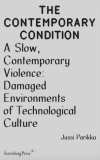




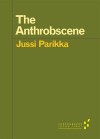
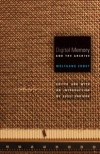
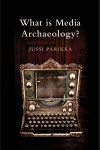

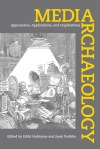

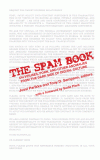
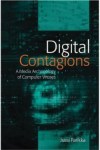
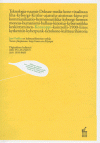
My terrestrial phenomena seat belt remains fastened for the foreseeable future.